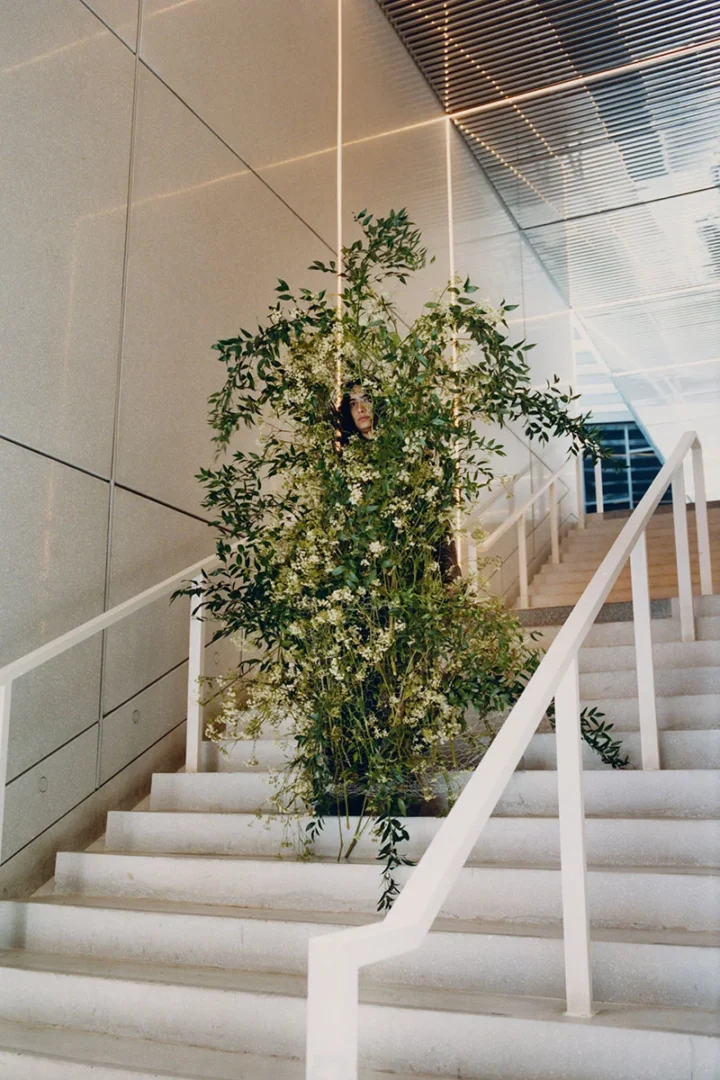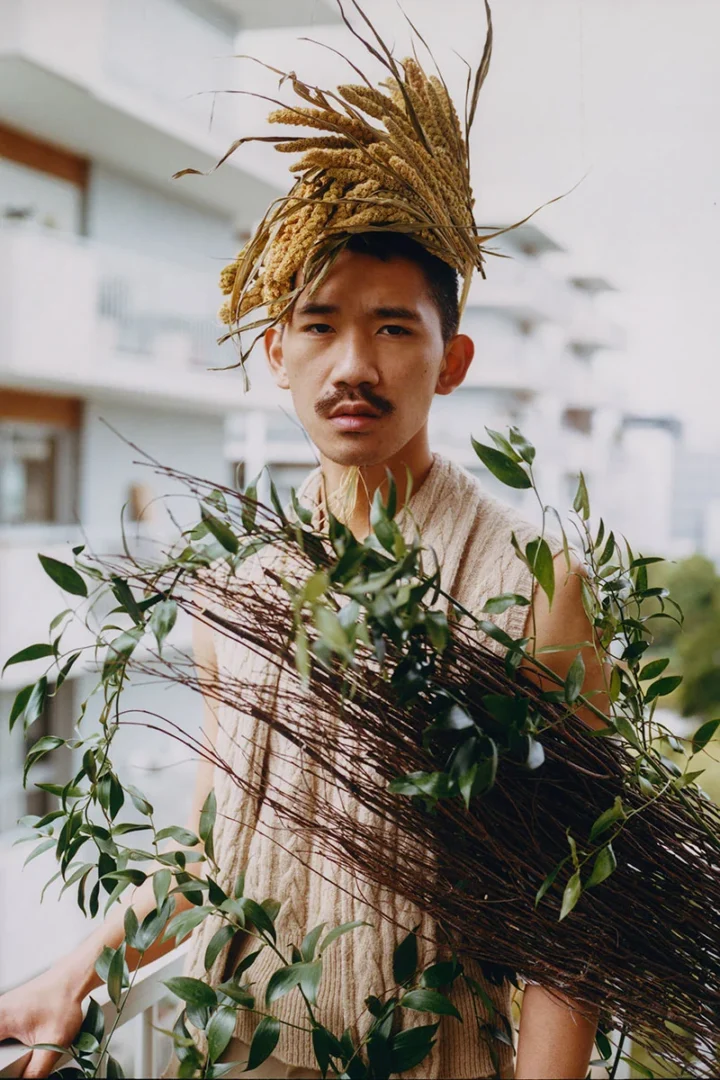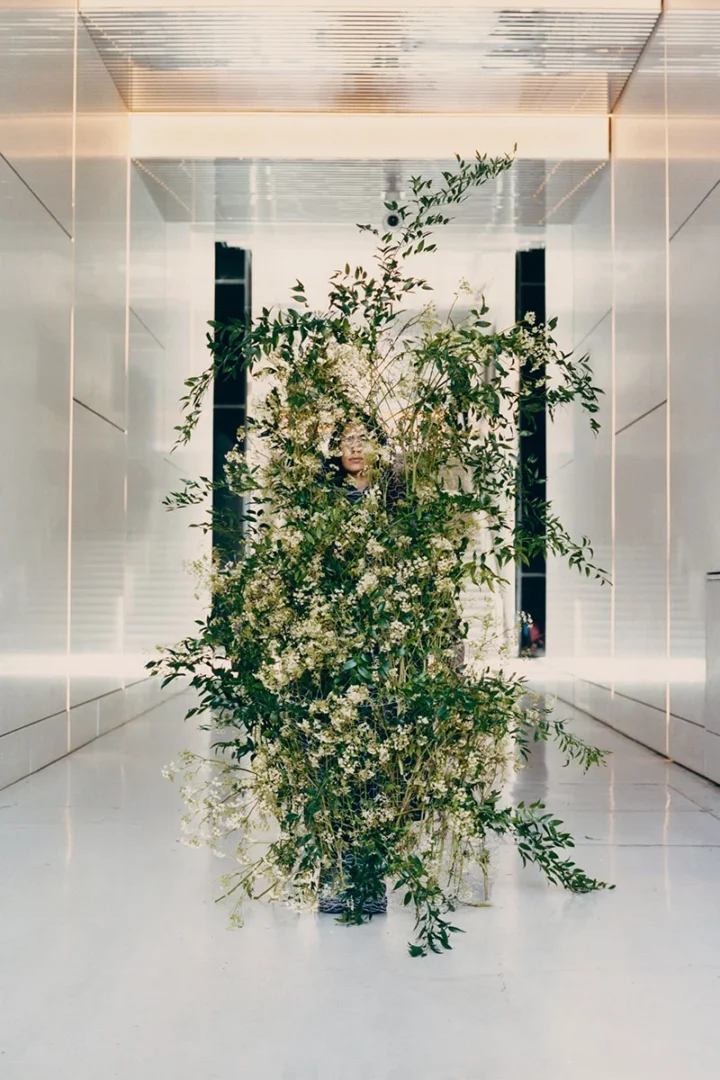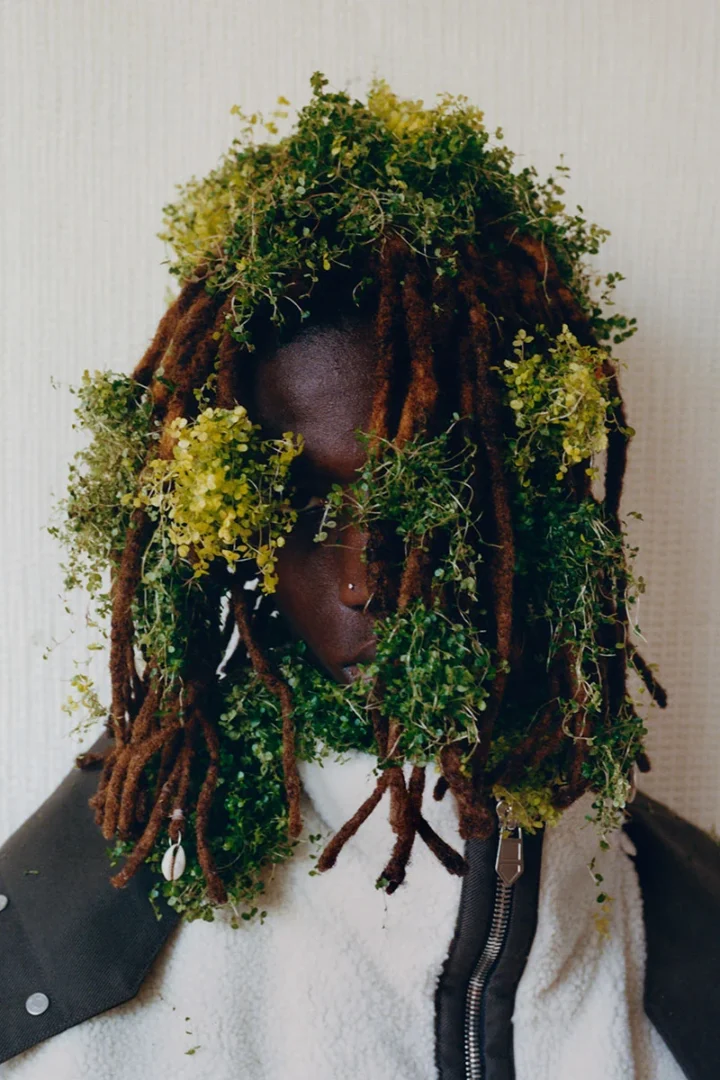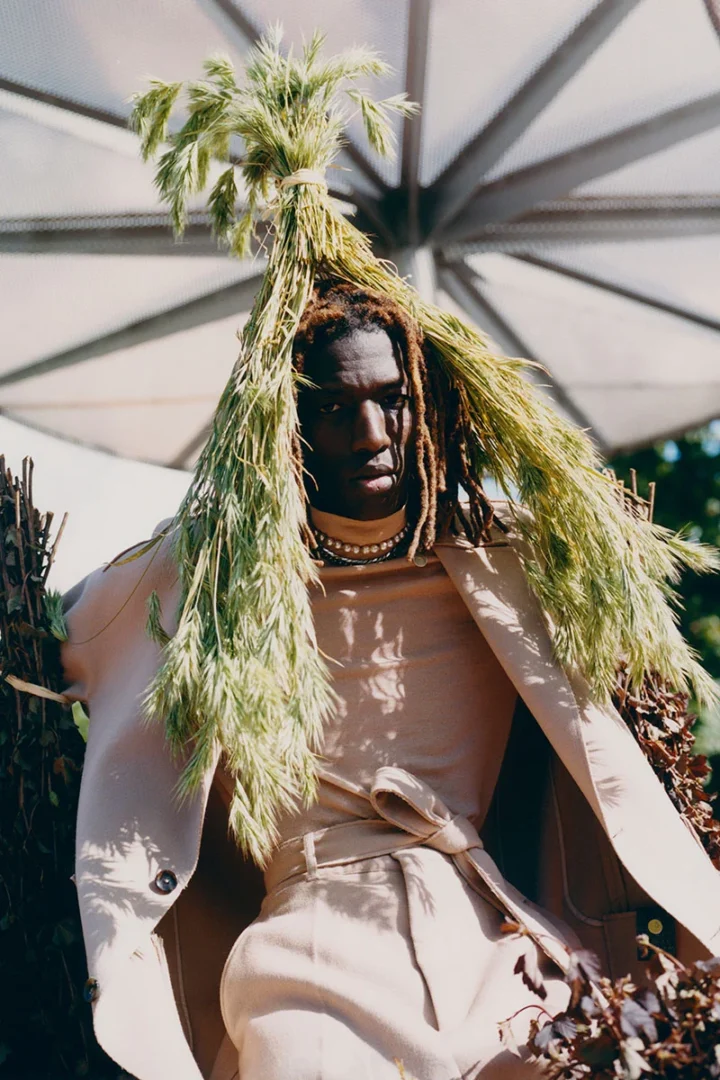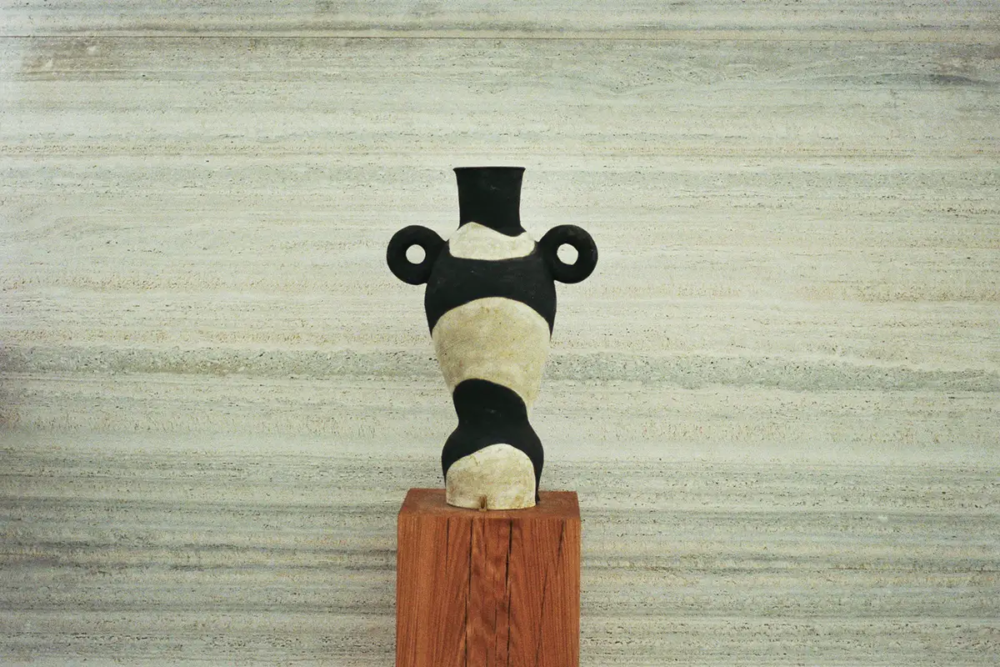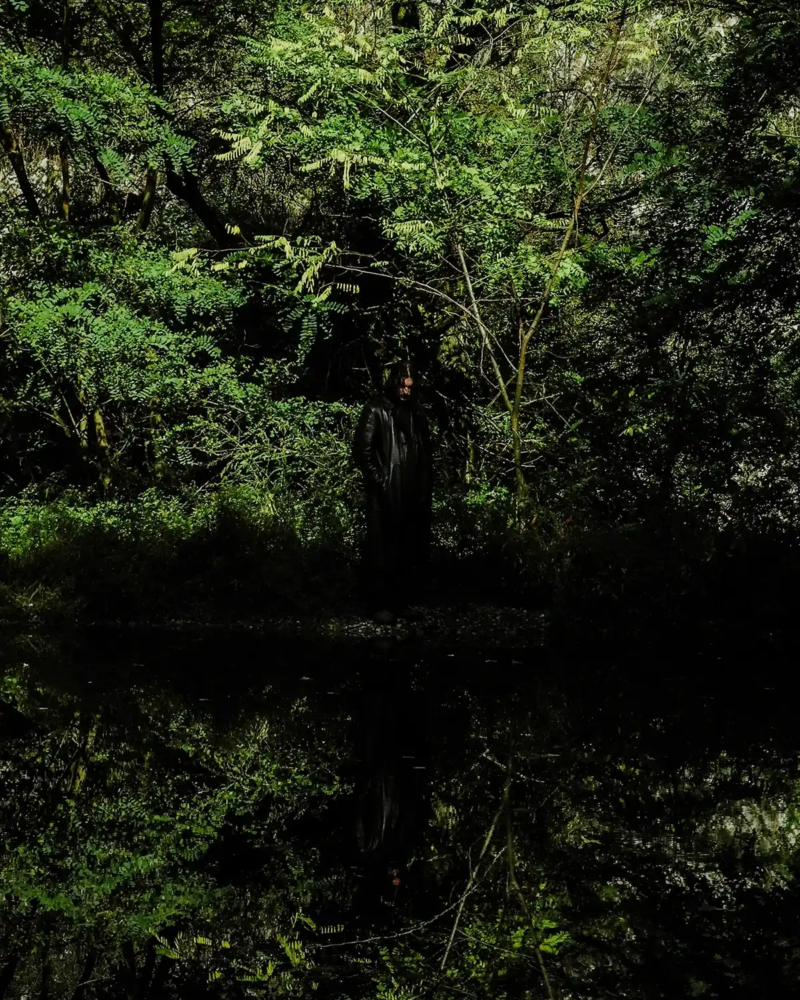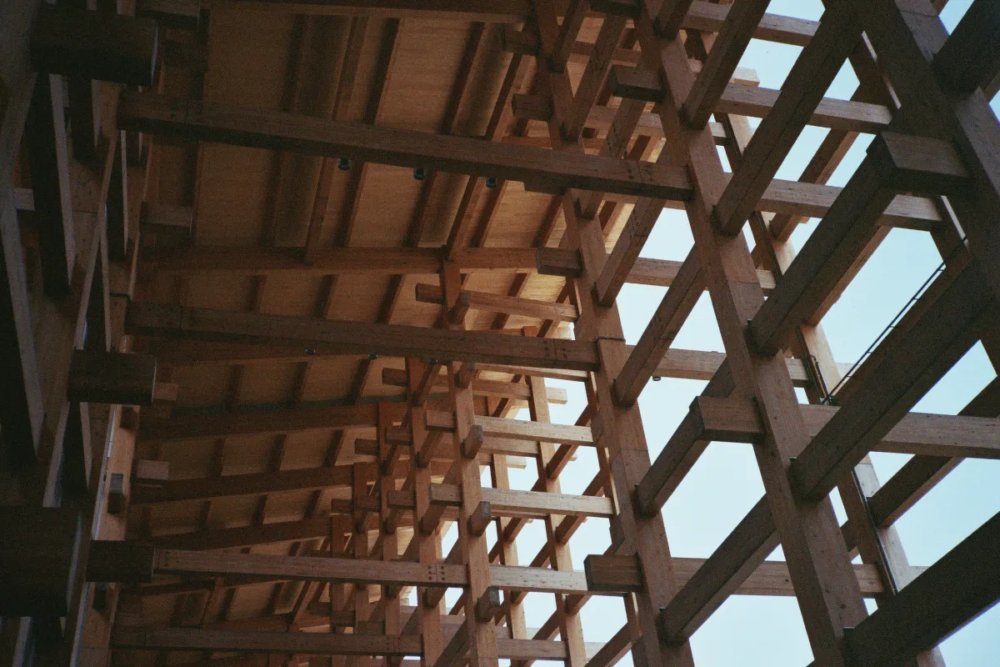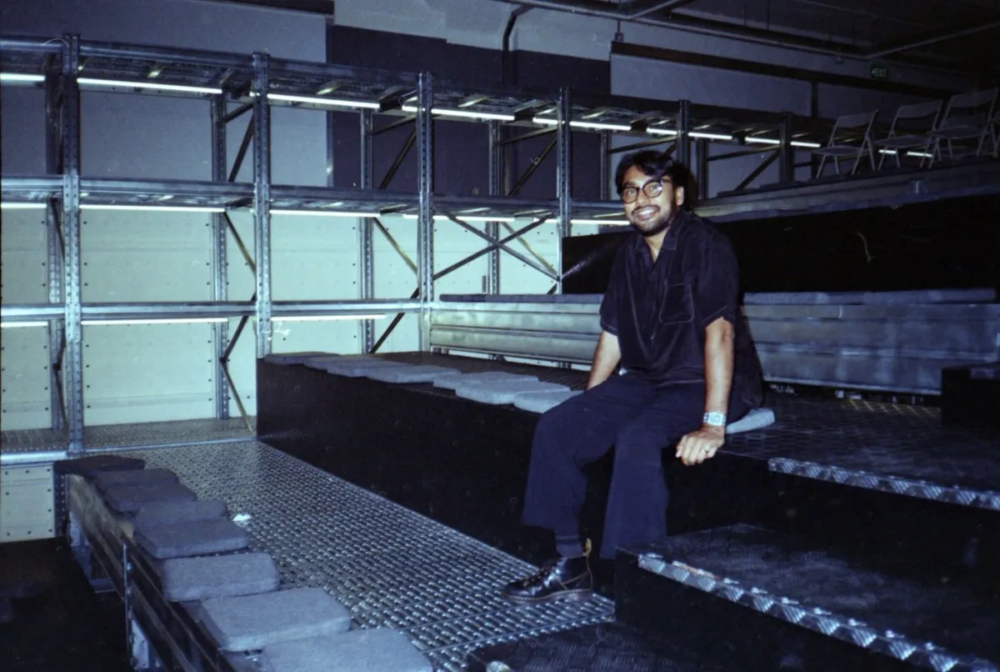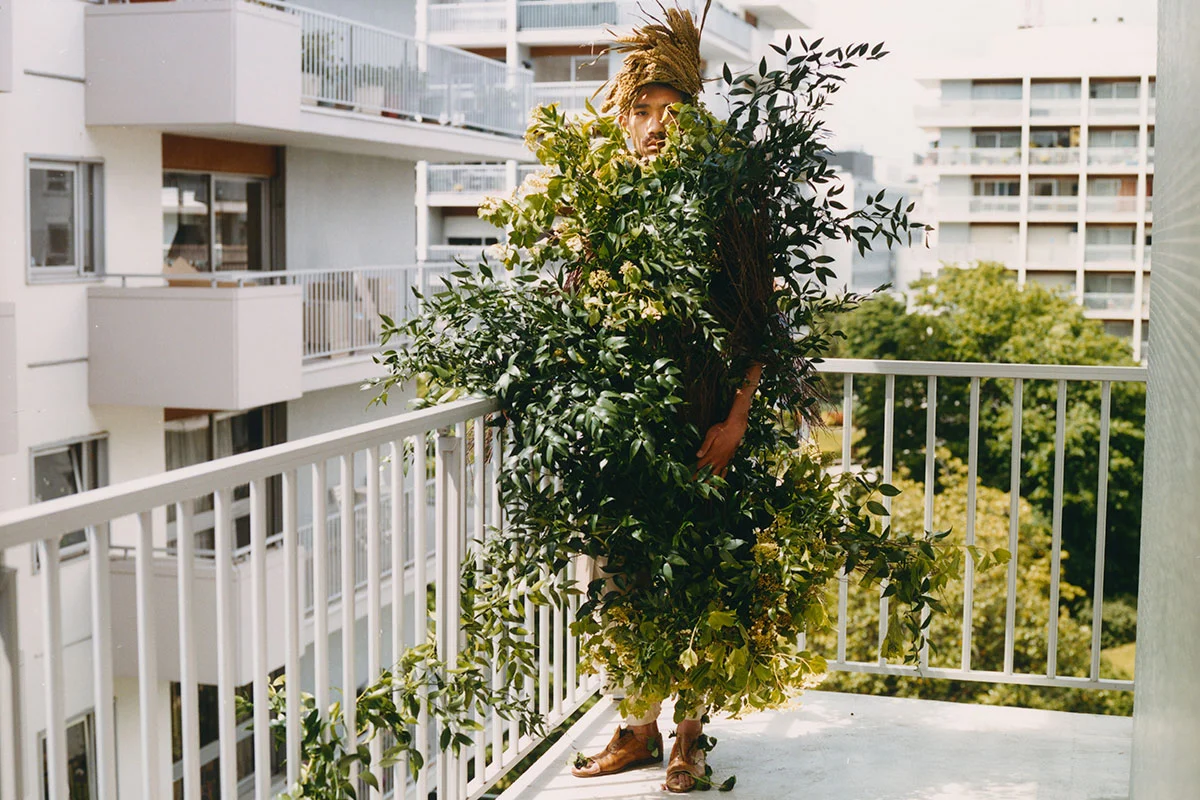
Alex Huanfa Cheng and the green regeneration in Boulogne-Billancourt
Boulogne-Billancourt as a case study for urban rewilding in Europe, where past industrial landscapes are giving way to green regeneration, spontaneous vegetation, and unplanned ecosystems reclaiming built environments
Urban rewilding in Paris: how Alex Huanfa Cheng captures nature reclaiming Boulogne-Billancourt
In the western outskirts of Paris, a subtle form of resistance is taking root. Amid the structured avenues and post-industrial facades of Boulogne-Billancourt—a commune long synonymous with Renault factories and modernist housing blocks—wild shrubs are sprouting from window ledges, moss is creeping along concrete stairwells, and vines coil through cracks in drywall.
It is here that Chinese-born, Paris-based photographer Alex Huanfa Cheng has staged a quiet yet radical visual narrative. His series, composed of images where human models are progressively enveloped in greenery, does not merely aestheticize decay or beautify ruin. Instead, it offers a pointed meditation on the evolving dynamic between human-made environments and the natural world.
Boulogne-Billancourt: a site of industrial memory and ecological potential
Once the engine room of French automotive production, Boulogne-Billancourt has undergone extensive transformation since the closure of the Renault factory on Île Seguin in 1992. In its place, cultural centers, luxury residences, and new commercial zones have emerged. Yet even amid this modernization, the commune retains traces of its rawer past—derelict lots, fragments of modernist infrastructure, underused parking structures. These spaces, neither fully abandoned nor fully renewed, are fertile ground for the ecological imaginaries that Cheng invokes.
His decision to set the work in Boulogne is deliberate. As a peripheral zone—on the border between the Bois de Boulogne and the dense Haussmannian core of Paris—the area becomes a physical and symbolic threshold between natural and urban forces. The tension between expansion and retreat, control and surrender, is rendered visible not just in Cheng’s compositions but in the geography itself.
Bois de Boulogne and the legacy of artificial nature in the Parisian landscape
On the western edge of the commune lies the Bois de Boulogne, an 850-hectare park commissioned by Napoleon III in the mid-19th century and inspired by London’s Hyde Park. Artificial lakes, imported trees, and winding carriage roads gave the space a curated, pastoral charm. But despite its history as a human-made green space, the Bois has increasingly become a refuge for biodiversity. Over the past decades, efforts by the Mairie de Paris have shifted from ornamental gardening toward ecological restoration: planting indigenous species, reducing pesticide use, and letting certain areas grow wild.
Cheng’s photographs seem to echo this shift—from control to coexistence. His visual narrative could be seen as a speculative continuation of the Bois de Boulogne’s rewilding, creeping past the forest boundary and into domestic interiors. Where the Bois was once a controlled escape from the city, Cheng proposes a scenario where the forest enters the city—not in carefully plotted parks, but through organic infiltration.
Forestation, climate policy, and the greening of the Grand Paris
The themes of Cheng’s work also intersect with broader urban policy in the Paris region. In response to rising temperatures and worsening air quality, the City of Paris has committed to ambitious climate targets, including plans to plant 170,000 new trees by 2026. The “Plan Canopée” (Canopy Plan), introduced in 2020, envisions a future in which green corridors stretch across the metropolis, linking parks, riverbanks, and former industrial zones.
Boulogne-Billancourt, with its river access and residual brownfields, plays a role in this strategy. Vertical forests, rooftop gardens, and reforested embankments are already in development. But Cheng’s imagery resists the polished, utopian visuals typically associated with these projects. His is a vision of ecological return that is not sanctioned, tidy, or predictable—but raw, creeping, and inevitable.
Photography as environmental critique: decentralizing the human gaze
Perhaps the most radical gesture in Cheng’s work lies in its rejection of anthropocentrism. Rather than treating humans as protagonists navigating a greened landscape, he minimizes their agency entirely. The models, covered by moss and root, serve less as characters than as surfaces—absorbing and yielding to vegetal presence. In this sense, Cheng’s images reflect current philosophical currents such as posthumanism and new materialism, which question the dominance of human perspectives in interpreting the world.
His technique is equally telling. Cheng often uses natural light and avoids post-production excess, allowing the textures of bark, lichen, and dampness to speak for themselves. The result is a photography that resists glamorization. It invites slow looking and rewards discomfort.
Between art and activism: a quiet provocation
In a world increasingly saturated with images of catastrophe—burning forests, climate refugees, submerged cities—Cheng’s approach is a different kind of provocation. It does not shout. It does not accuse. Instead, it draws the viewer into an imagined future that feels eerily plausible: one in which the boundaries between built environment and living ecosystem are no longer stable.
Cheng’s Boulogne is not a ruin, nor is it a utopia. It is a threshold—a space where urban memory and ecological possibility converge. In reclaiming the domestic and the ordinary as sites of transformation, his work offers a powerful metaphor for the future of cities. Whether through policy, neglect, or necessity, the forest is coming. The question is not whether we allow it, but whether we are ready to live within it.
Challenging the urban hierarchy: a reversal of roles between humans and nature
Traditionally, cities have been seen as dominions of order and control—spaces where nature is trimmed, contained, and subordinated to human logic. Cheng’s work turns this assumption on its head. Within his images, people are not actors of domination but passive subjects—gradually overtaken by plant life. Moss grows across torsos, ferns erupt through living room floorboards, and limbs disappear beneath dense undergrowth. In doing so, he visualizes what might otherwise remain a theoretical proposition: that nature, long suppressed by urban development, can and will return—not as ornamental decor, but as an agent of change.
These photographs are not dystopian. They are quietly confrontational, imbued with a lyrical quality that unsettles without shocking. Cheng’s aesthetic resists spectacle. Instead, it builds tension through stillness, posing a central question to the viewer: what if the human no longer occupied the center of the frame?
Editorial Team


